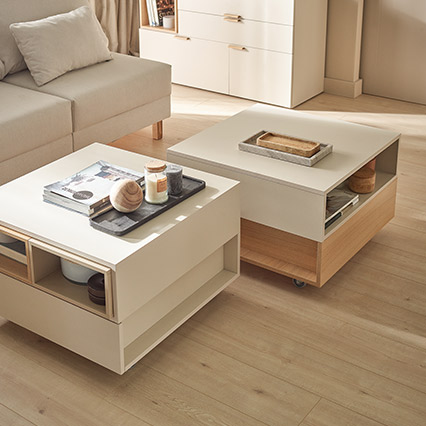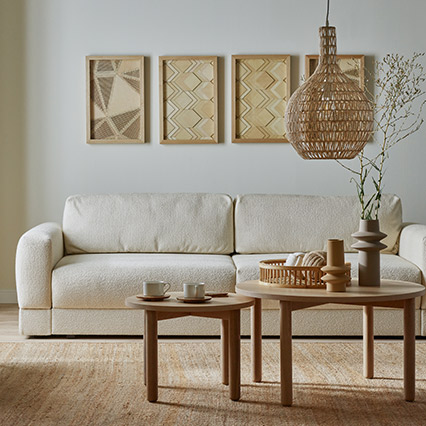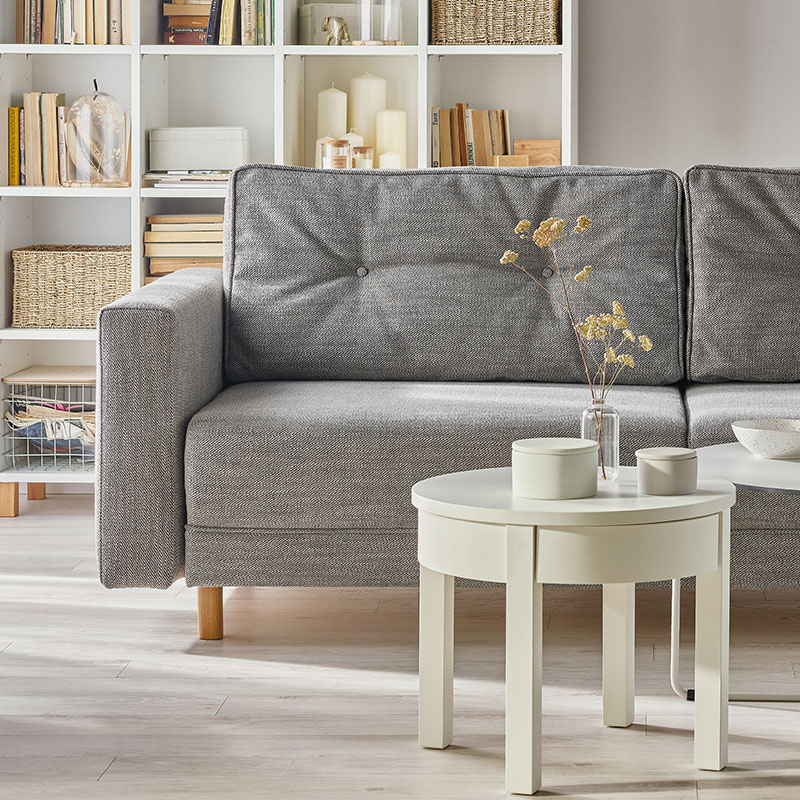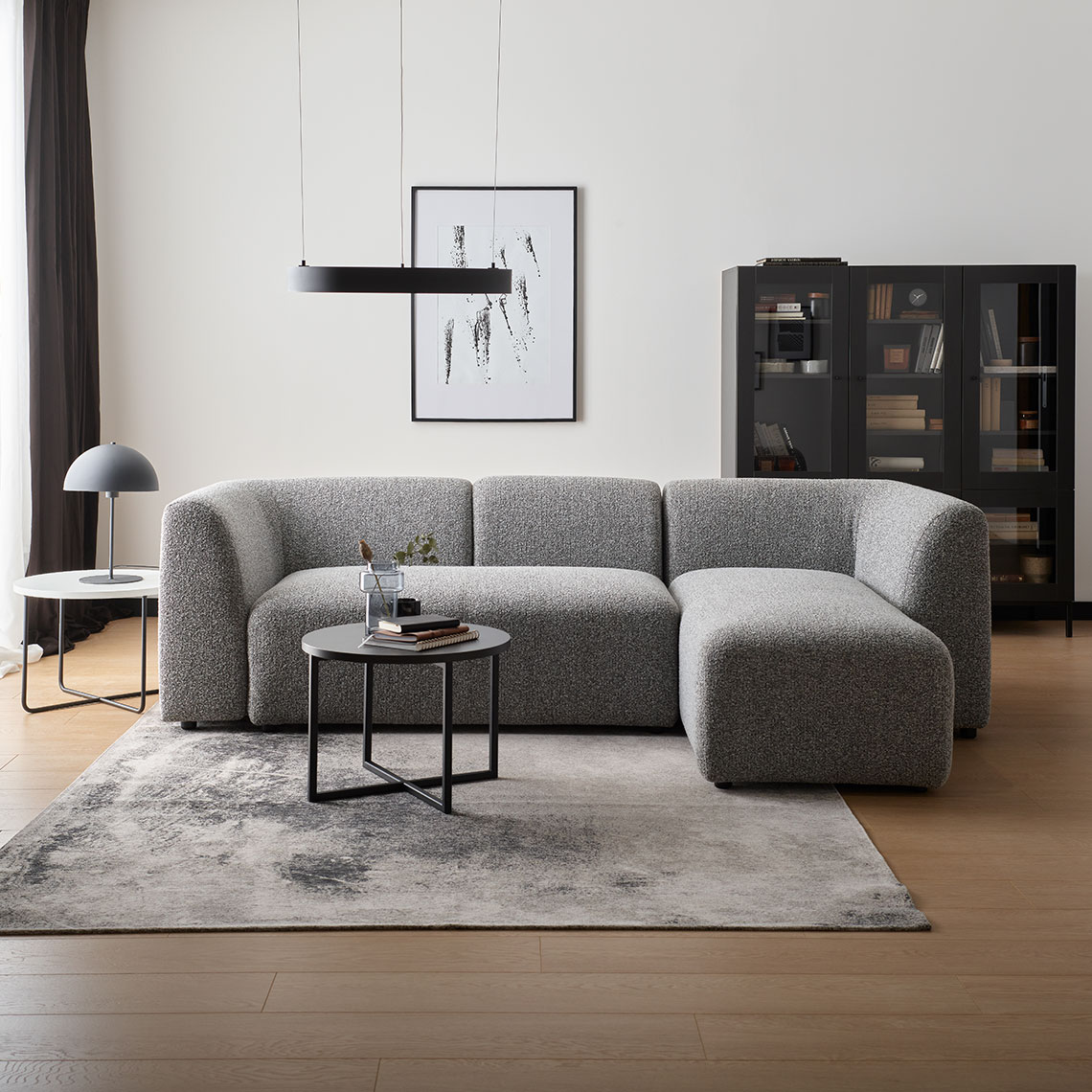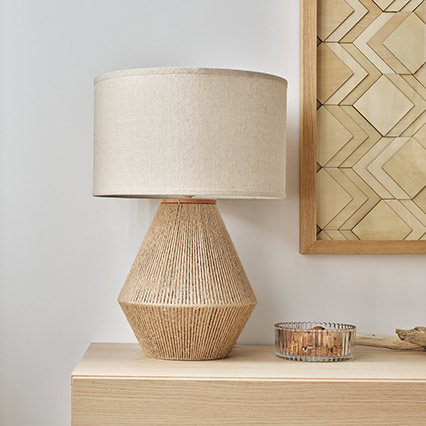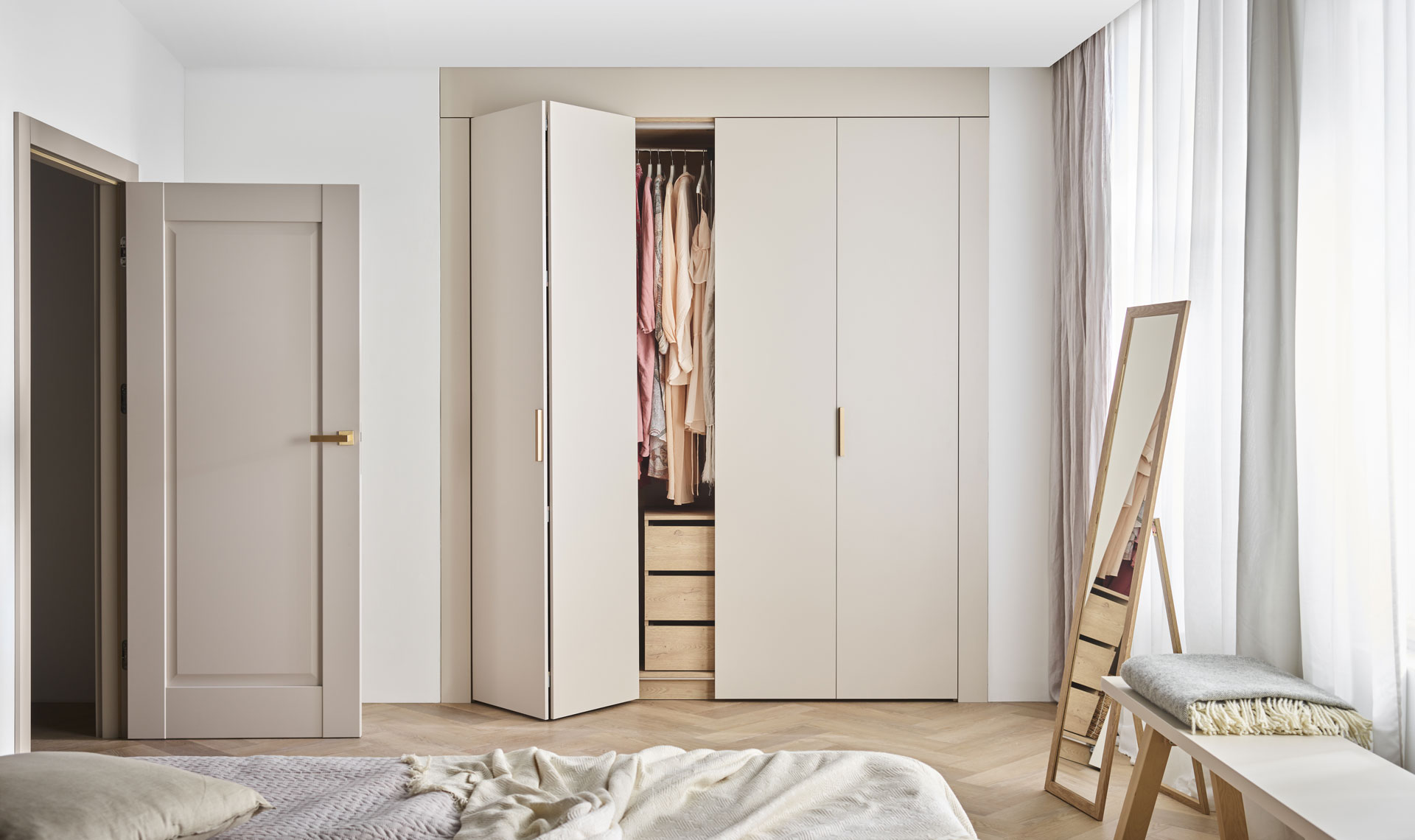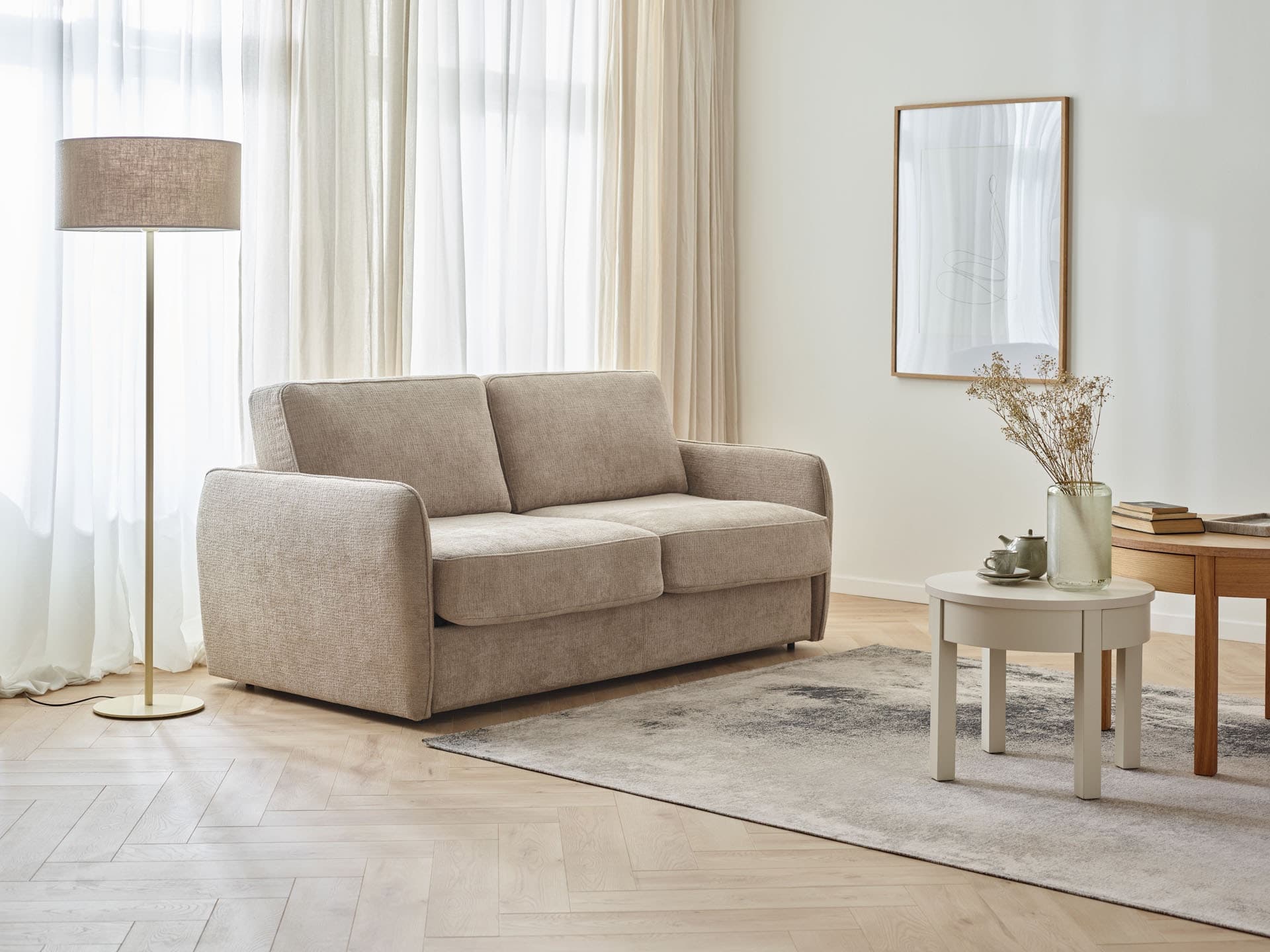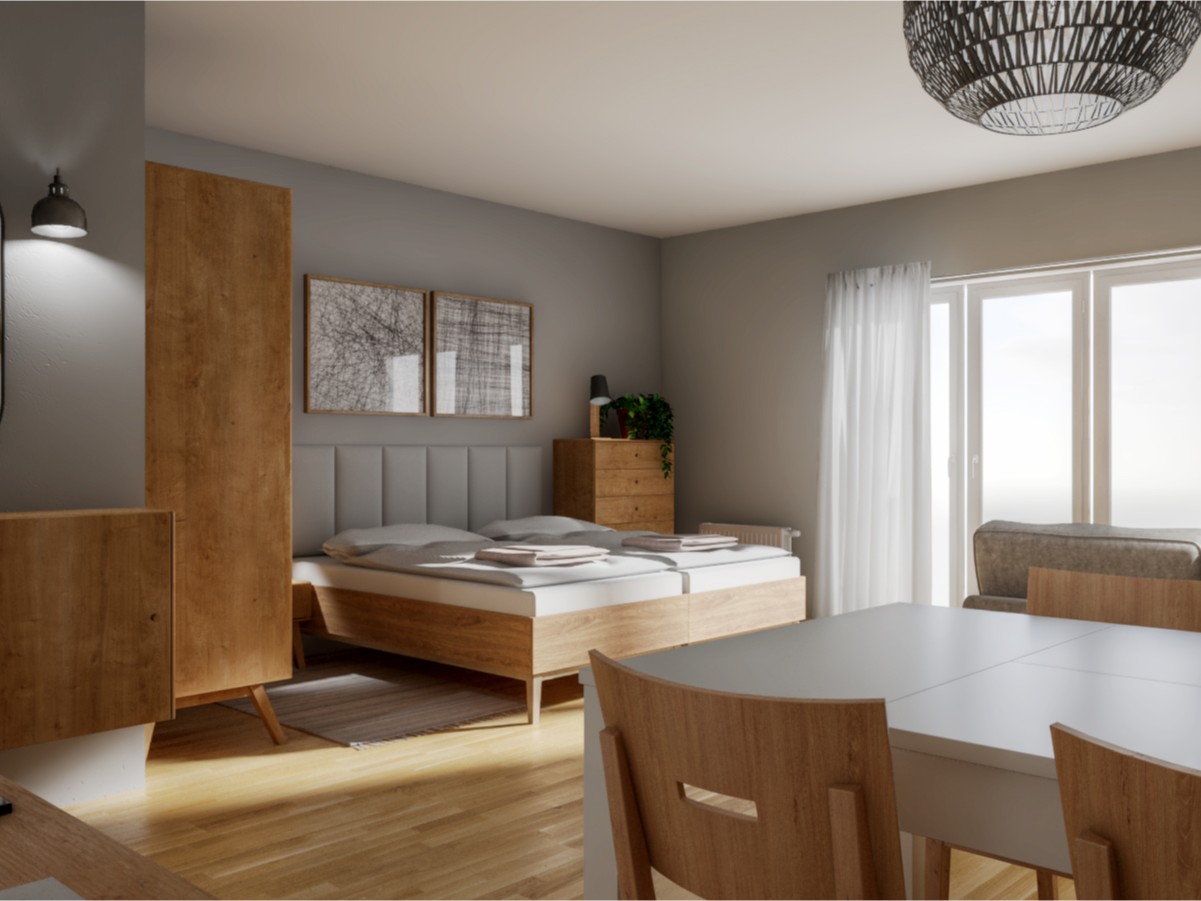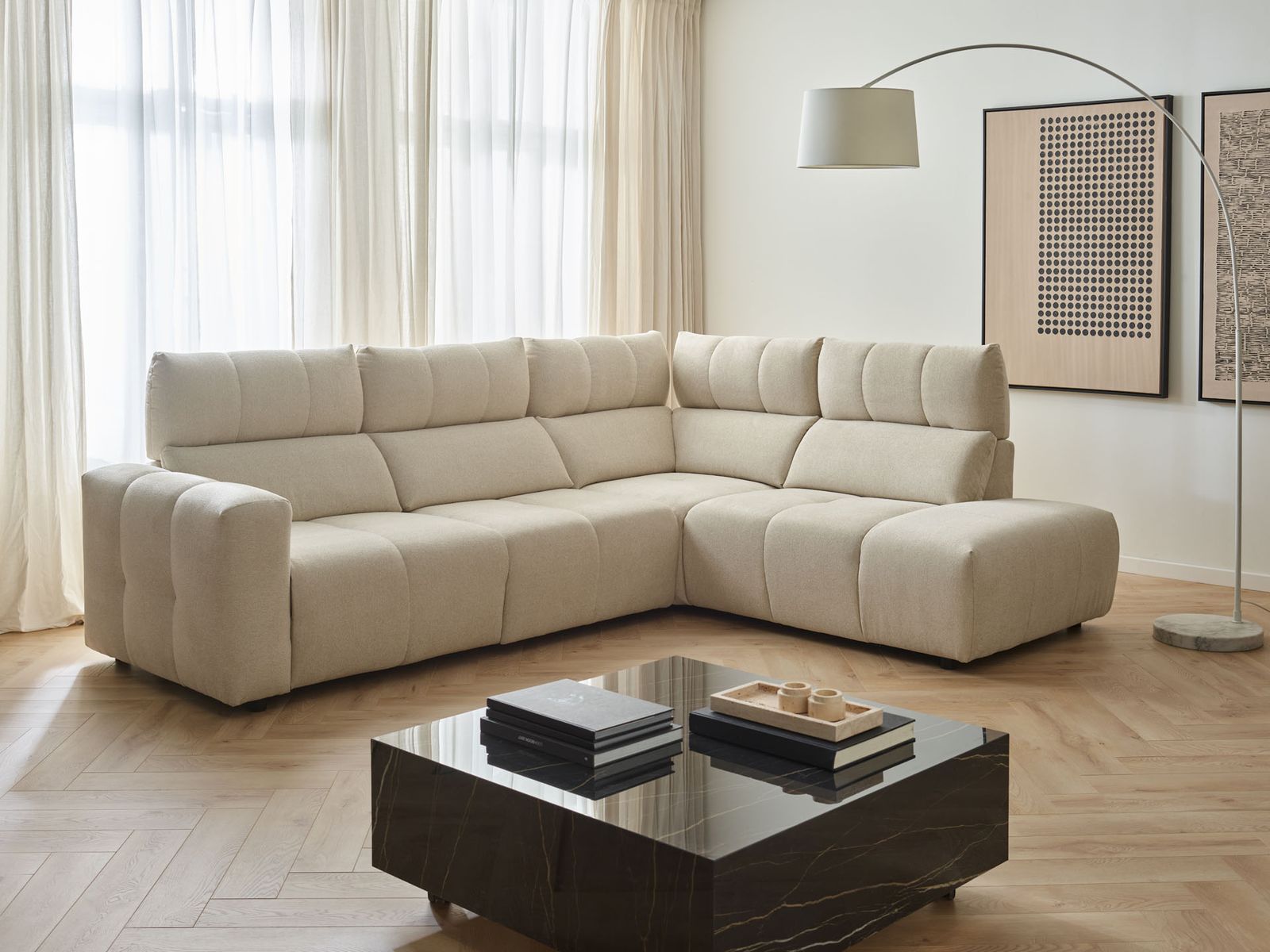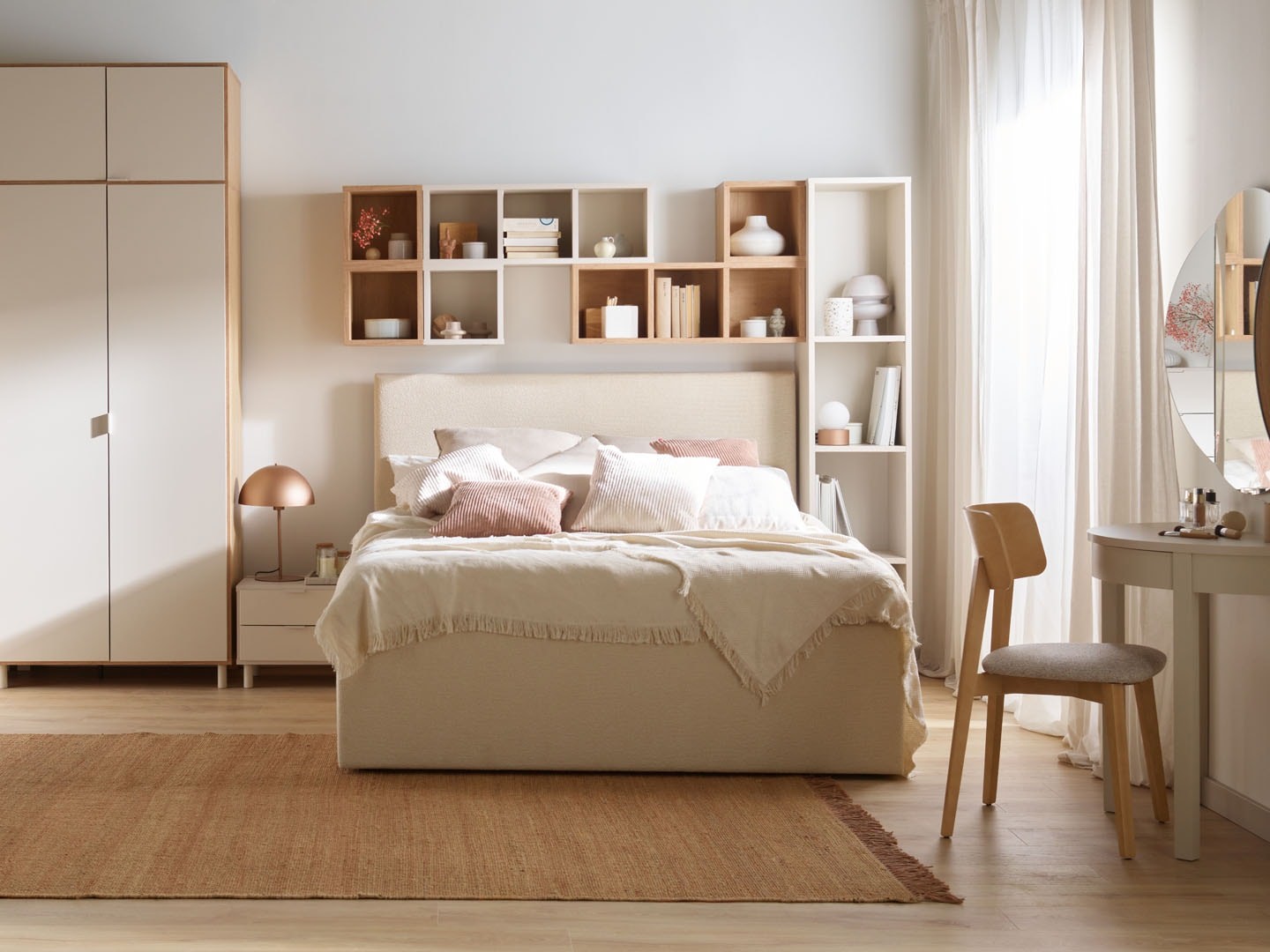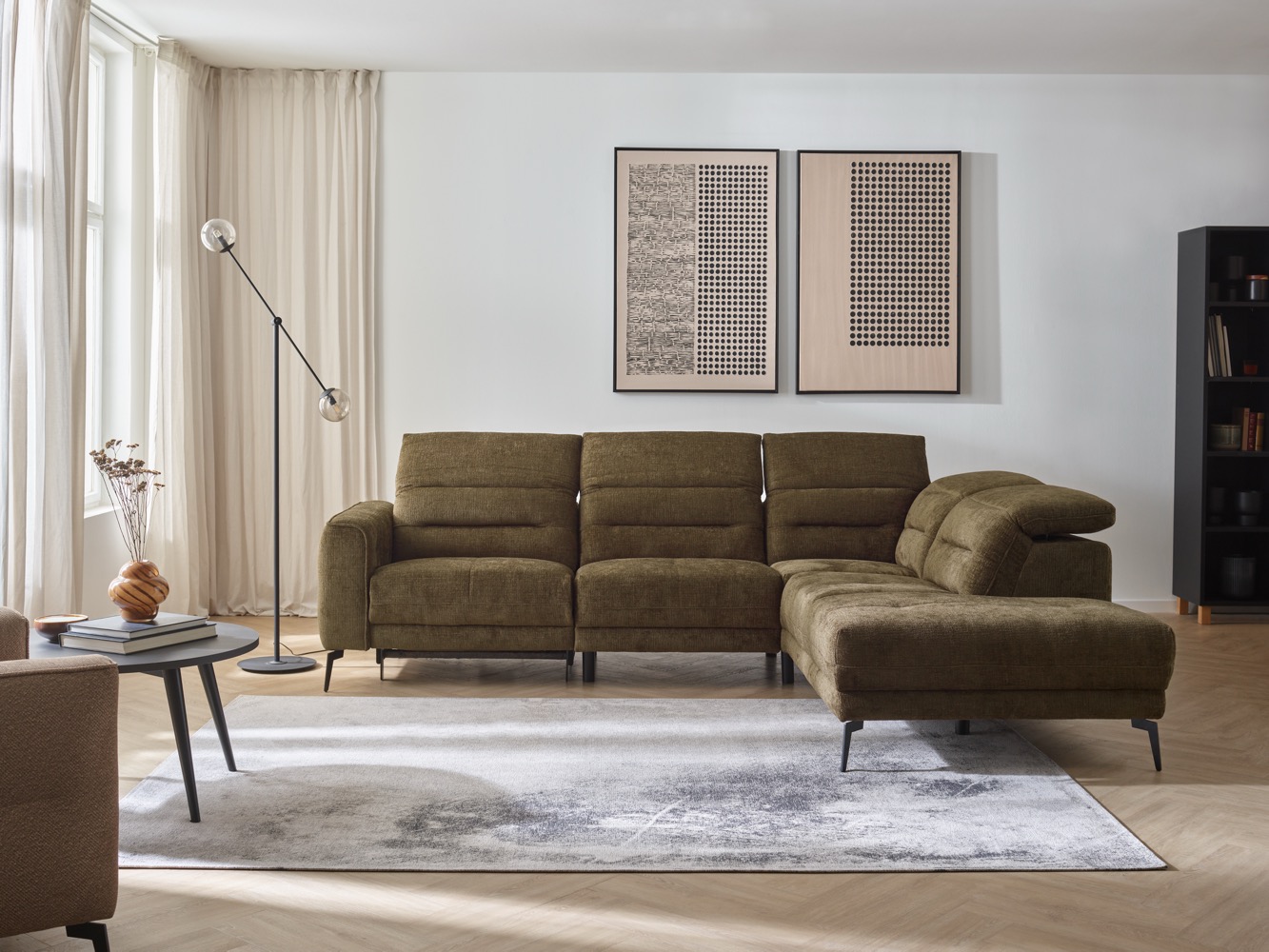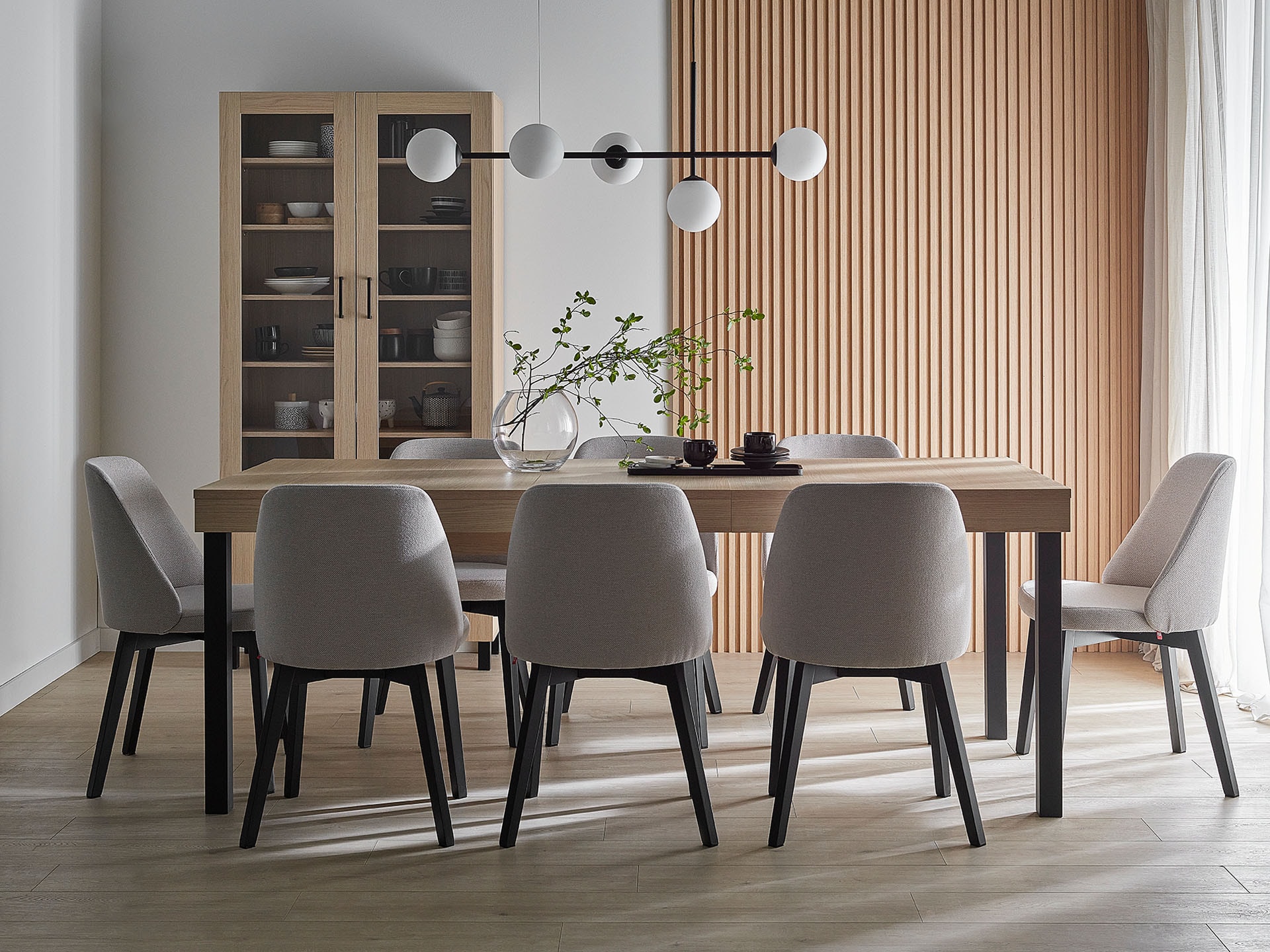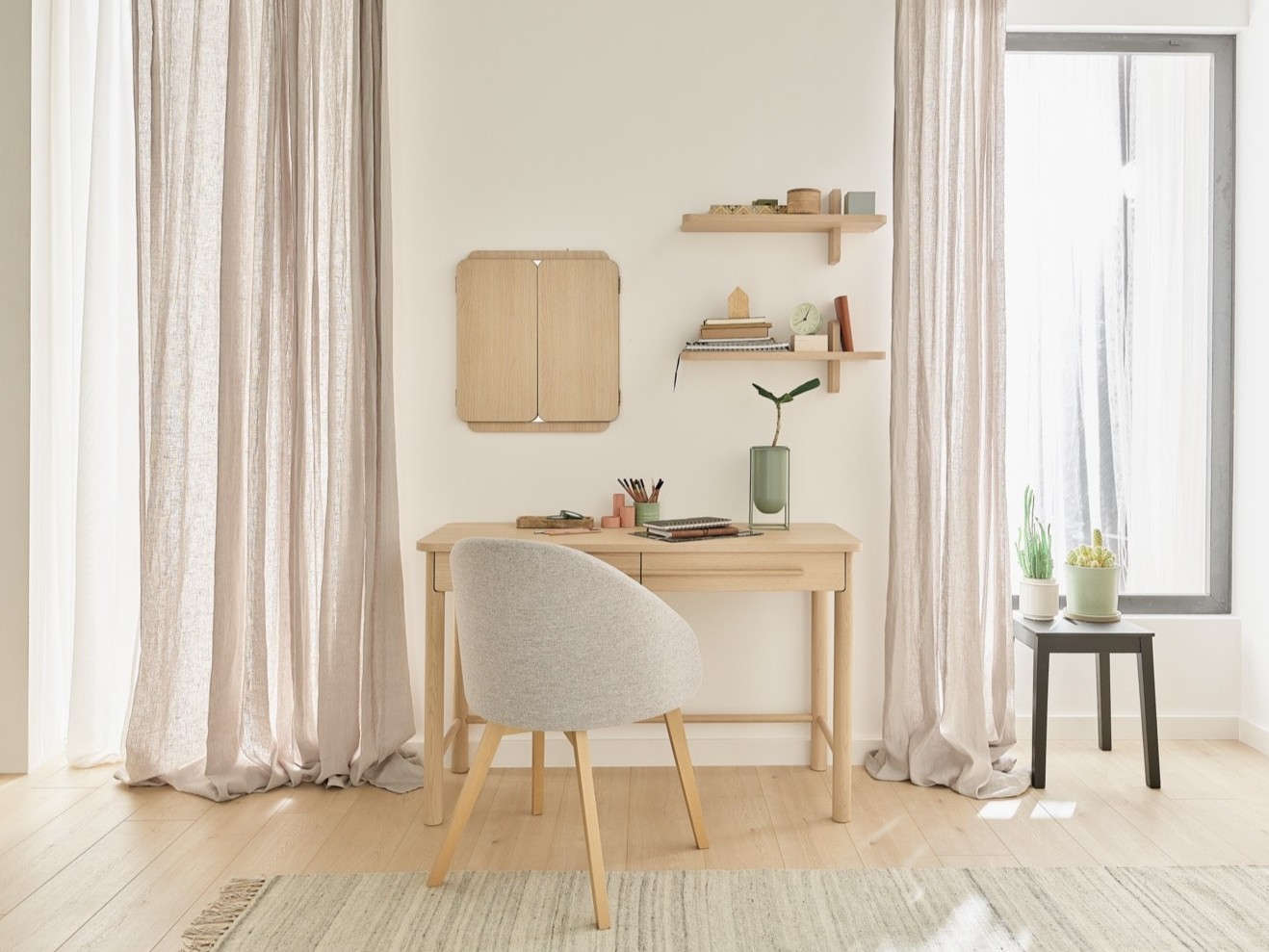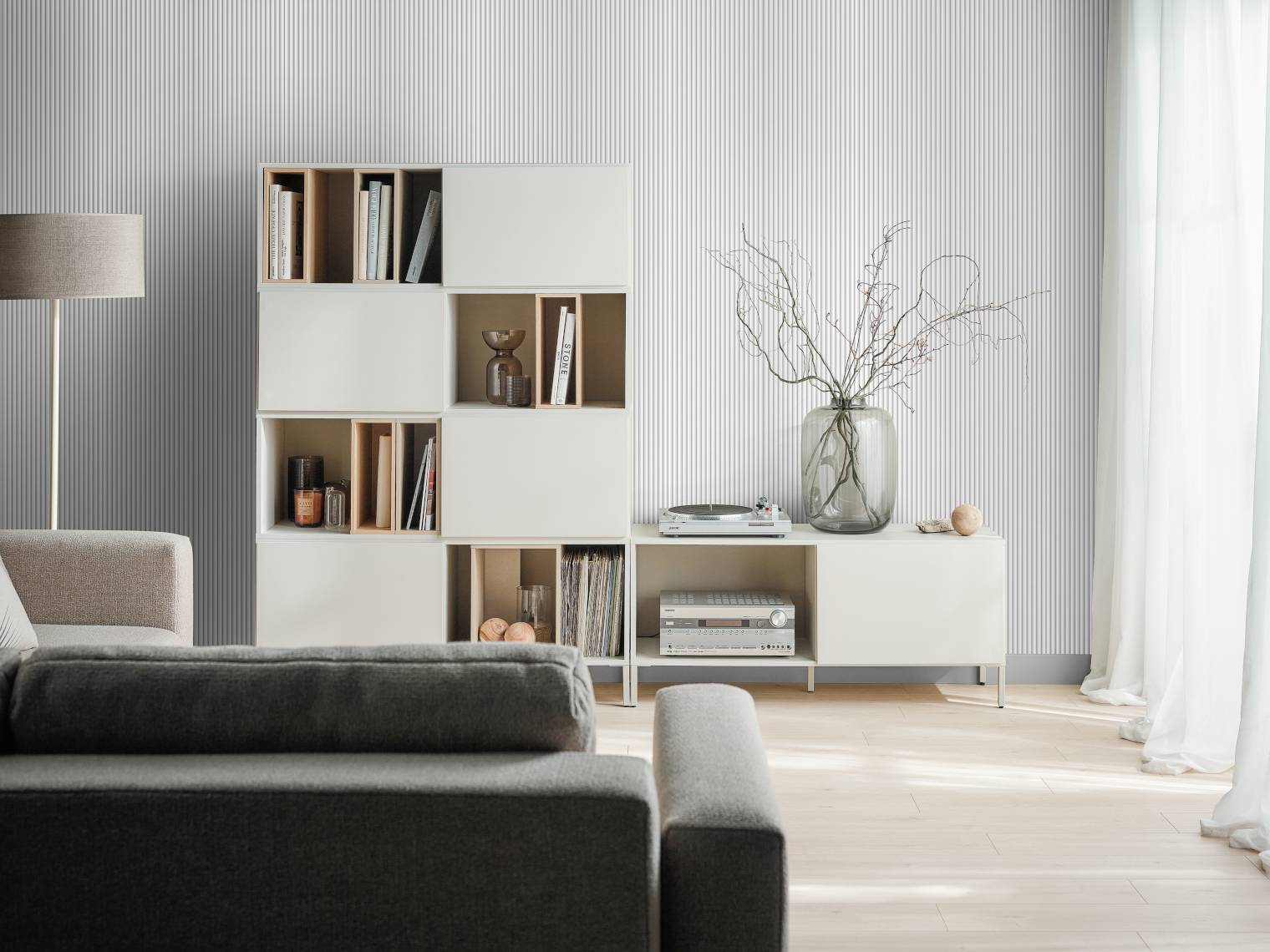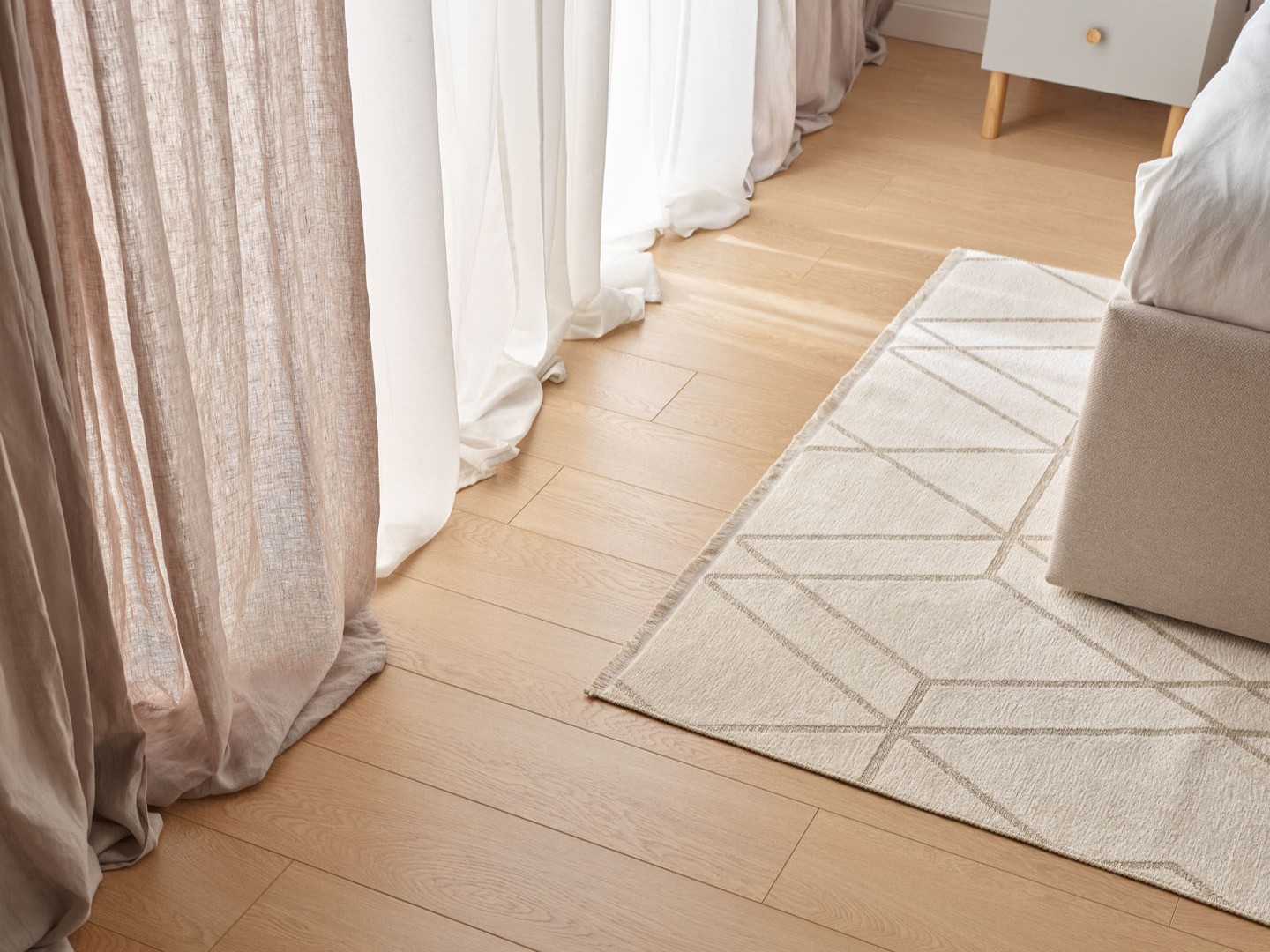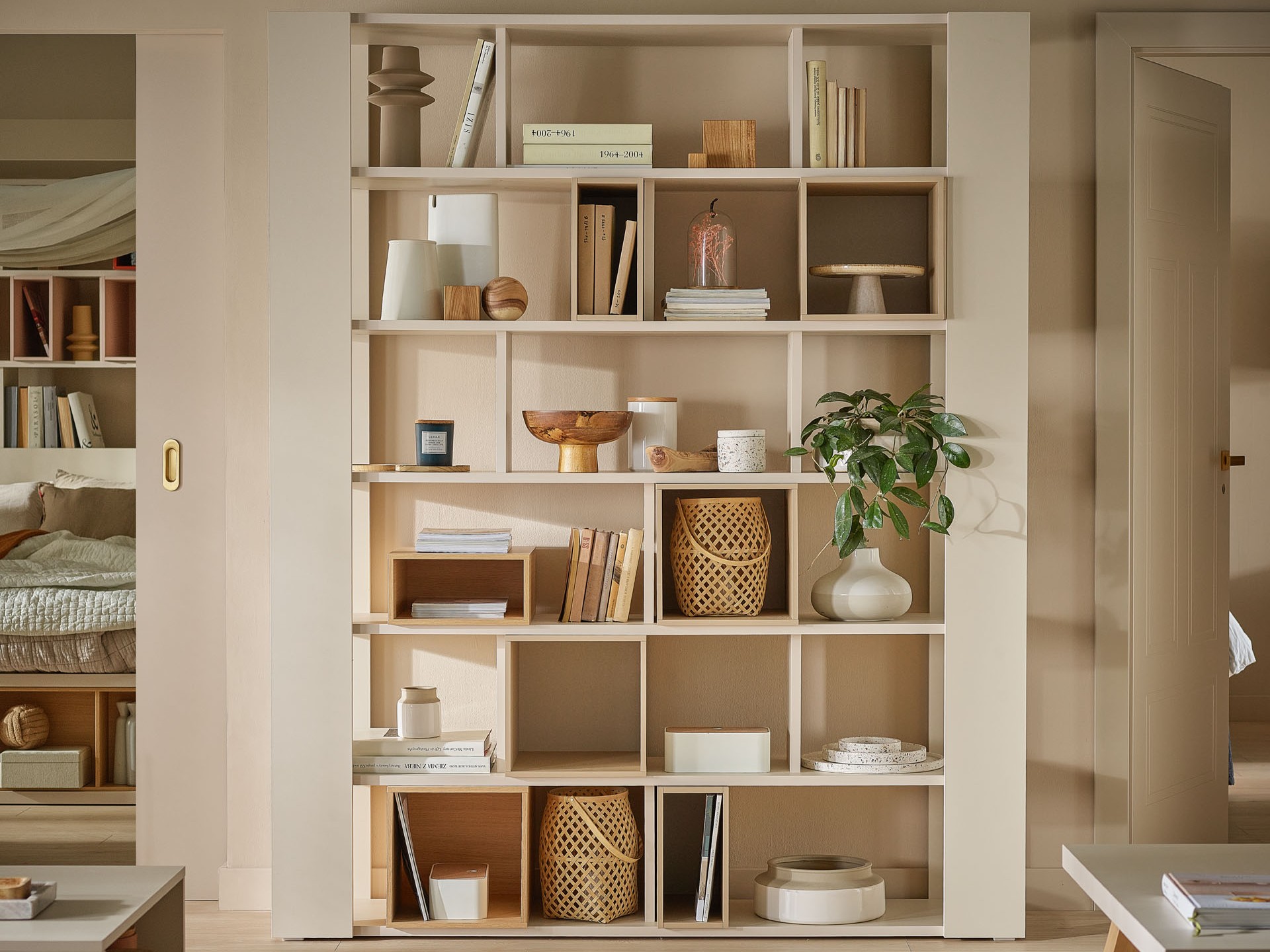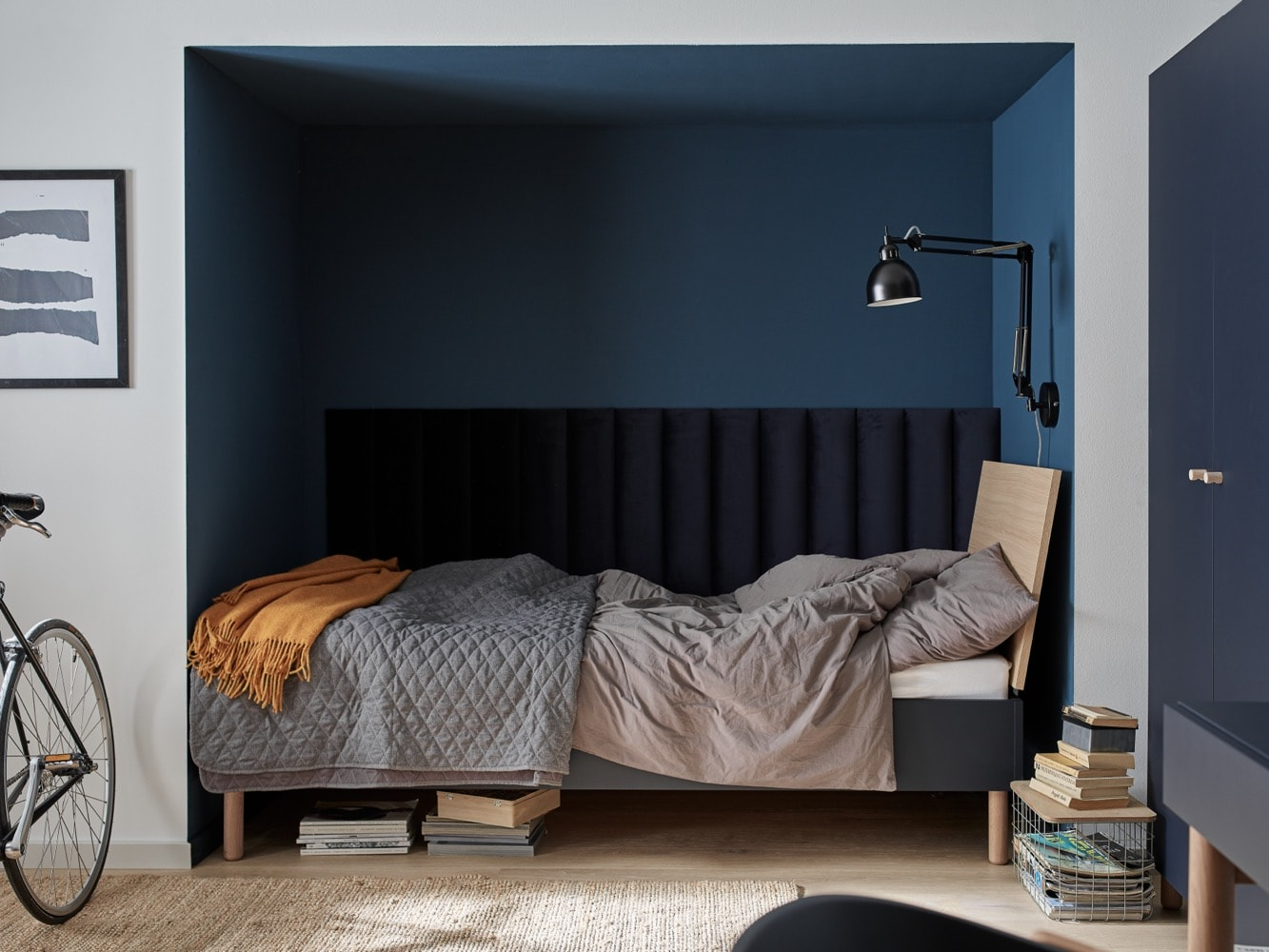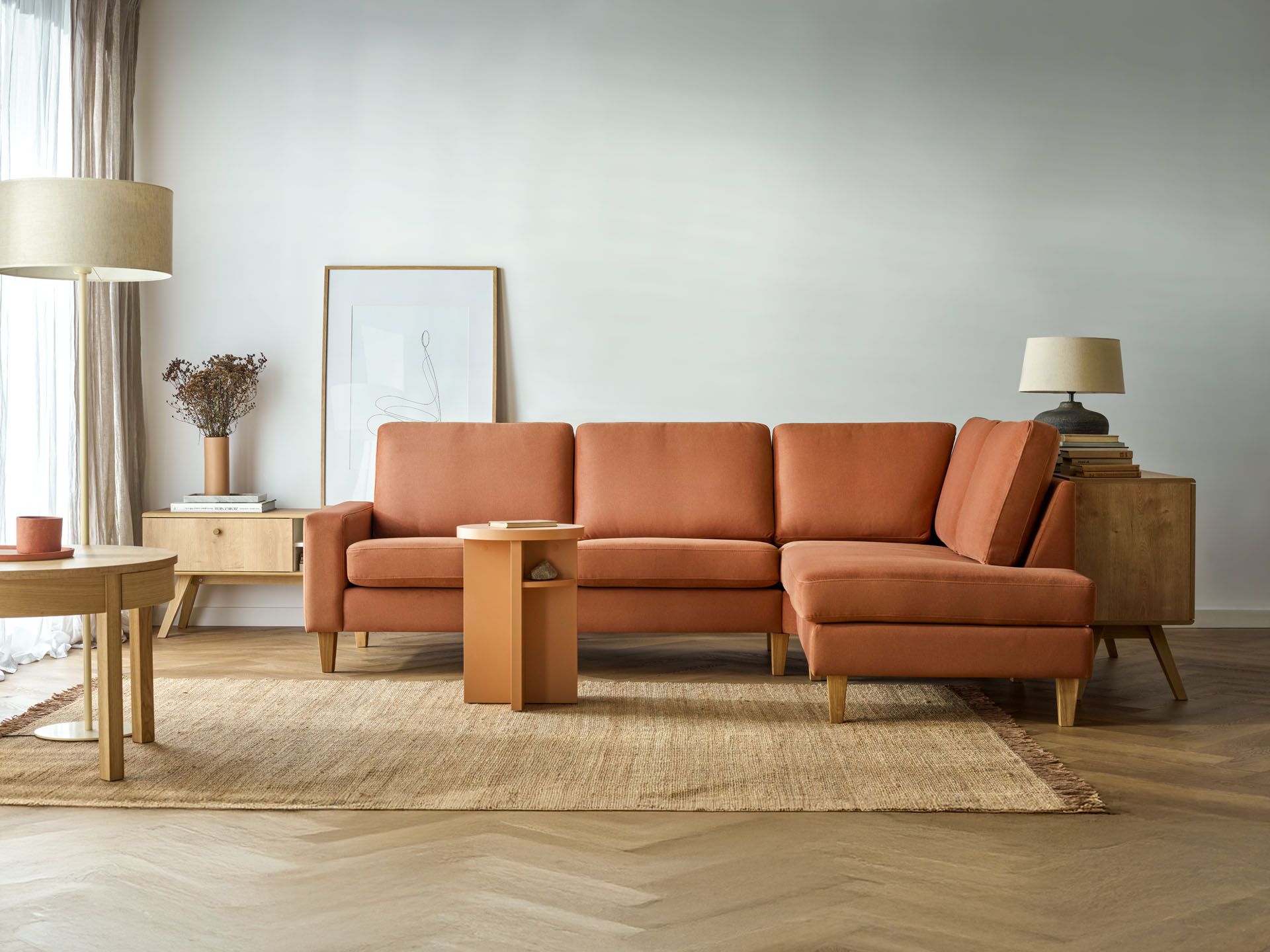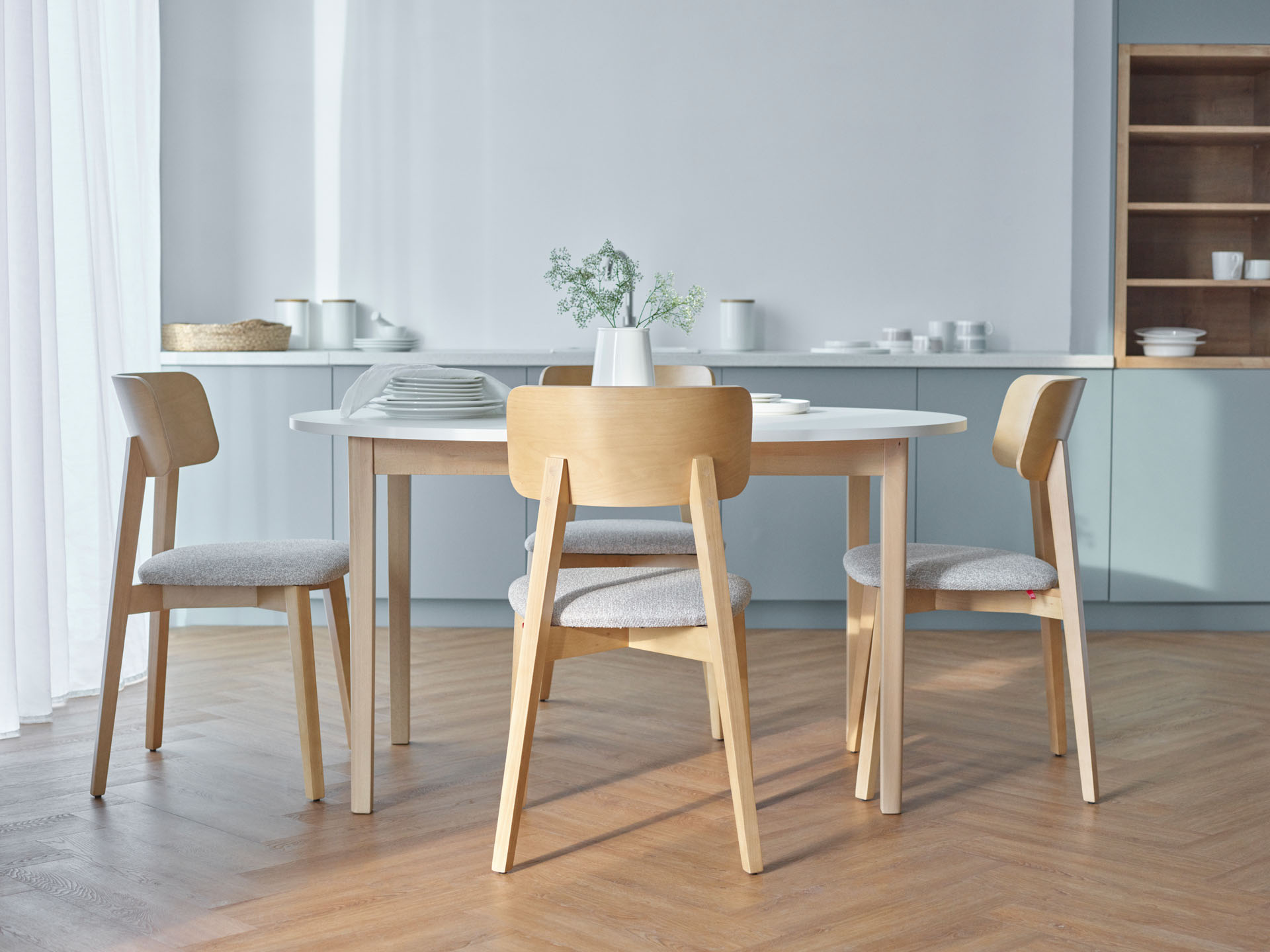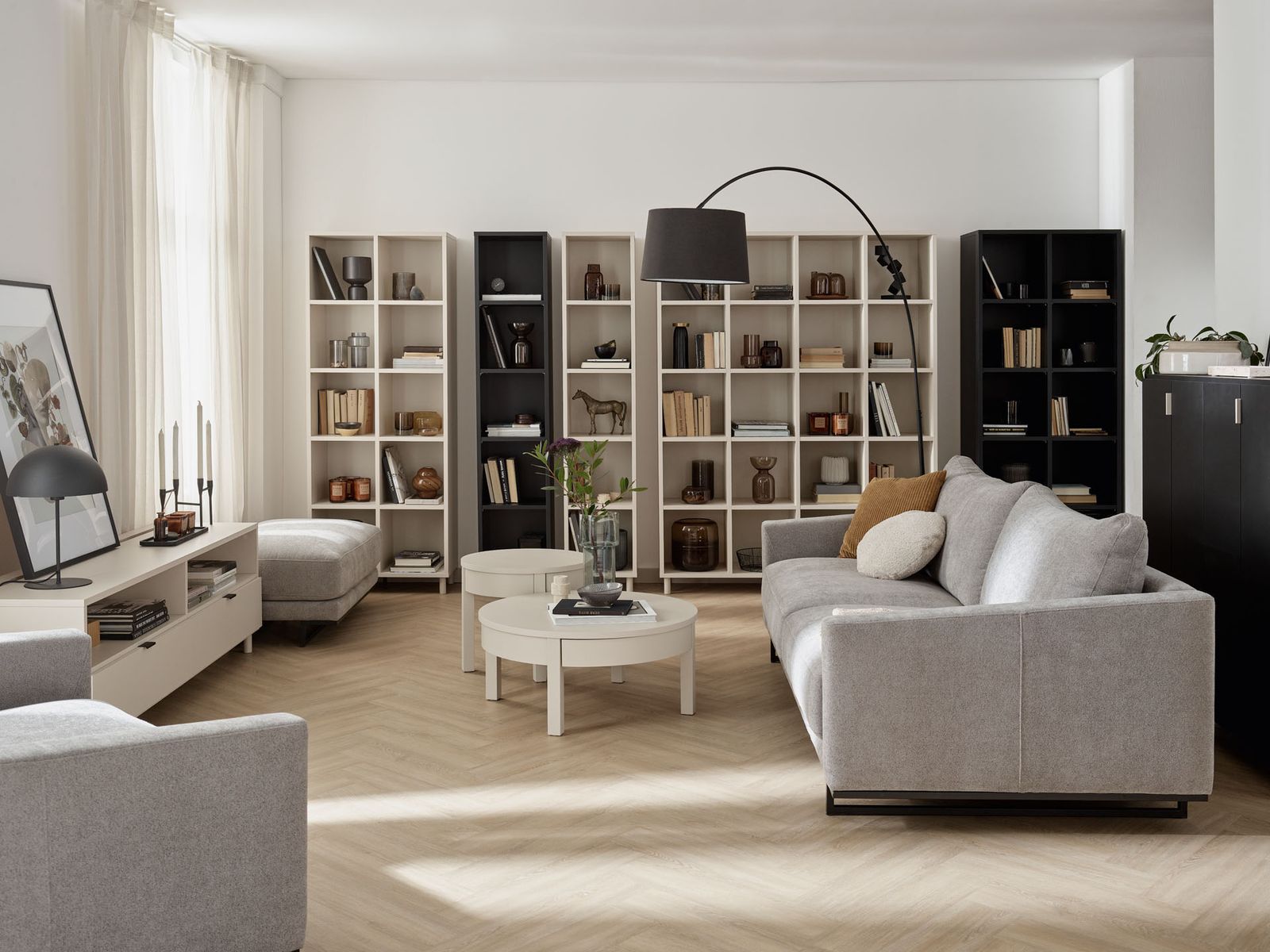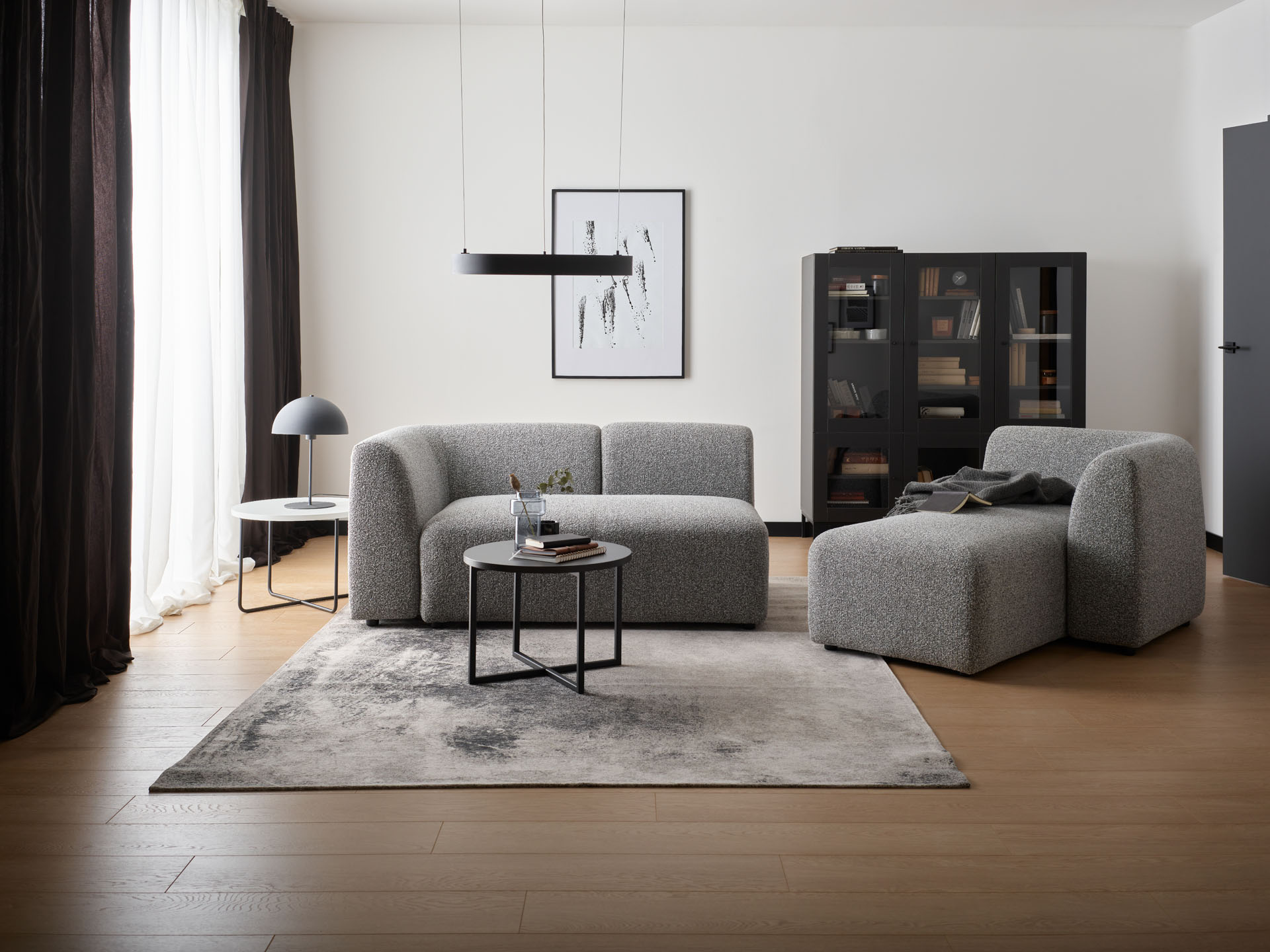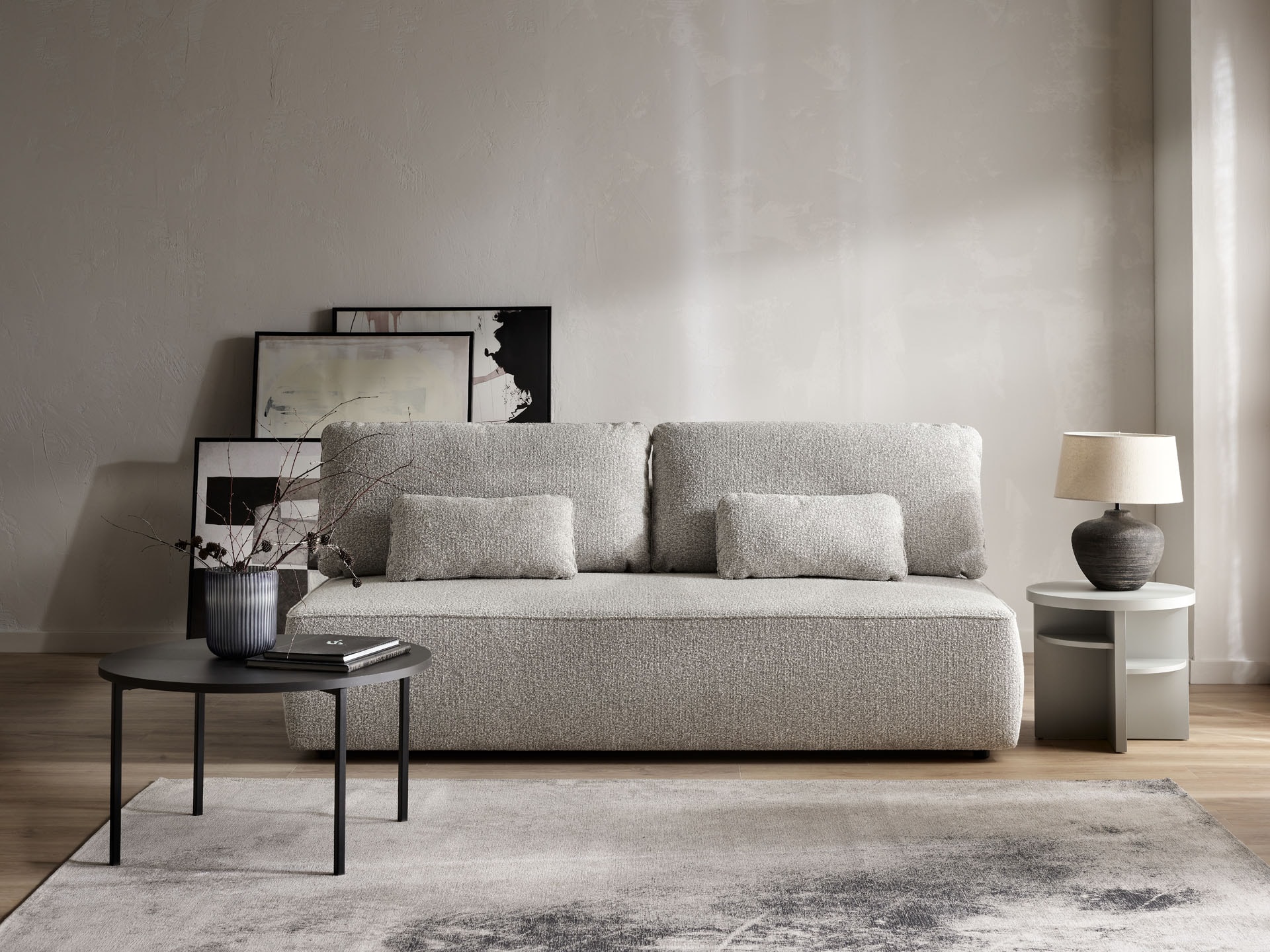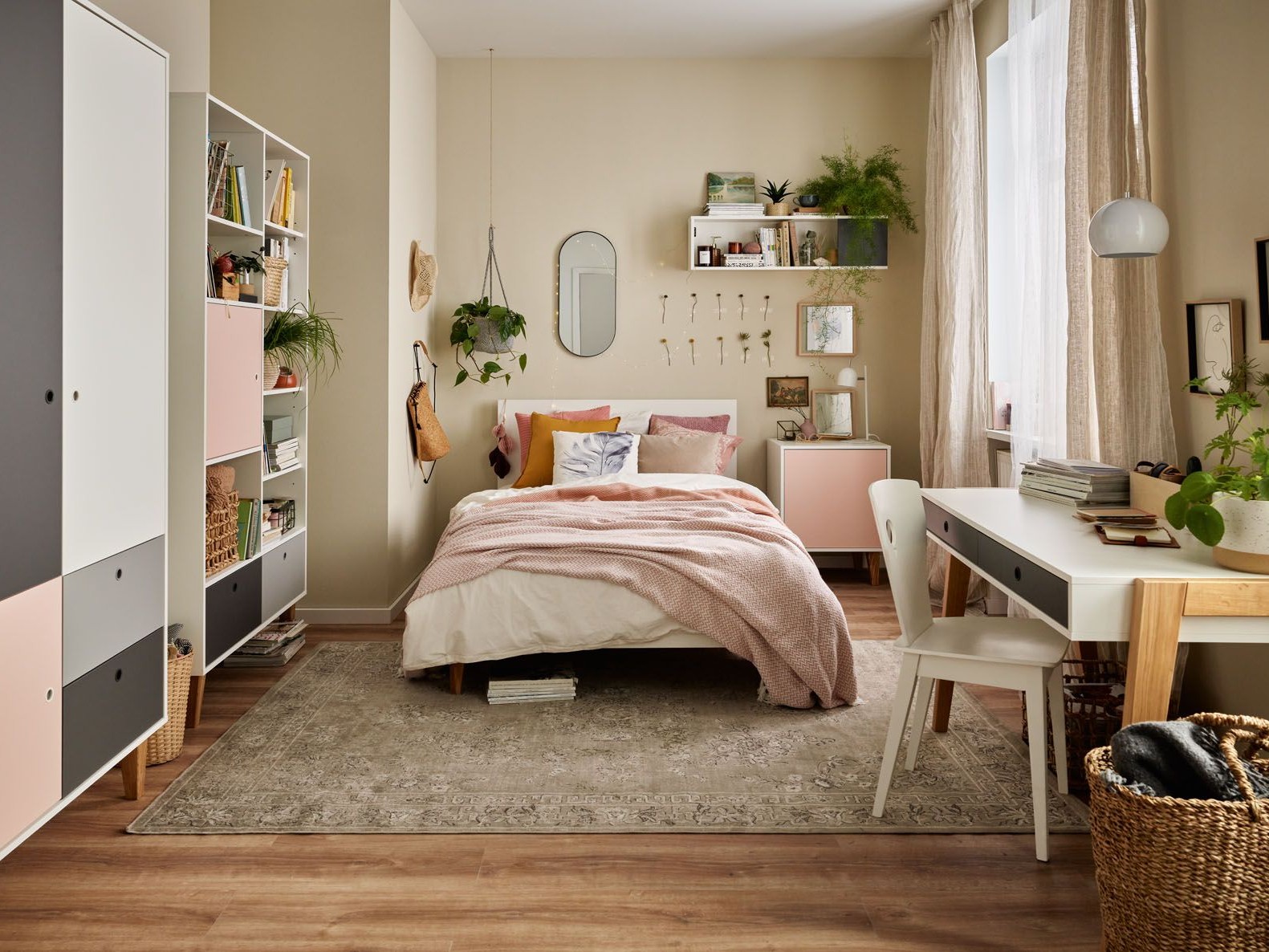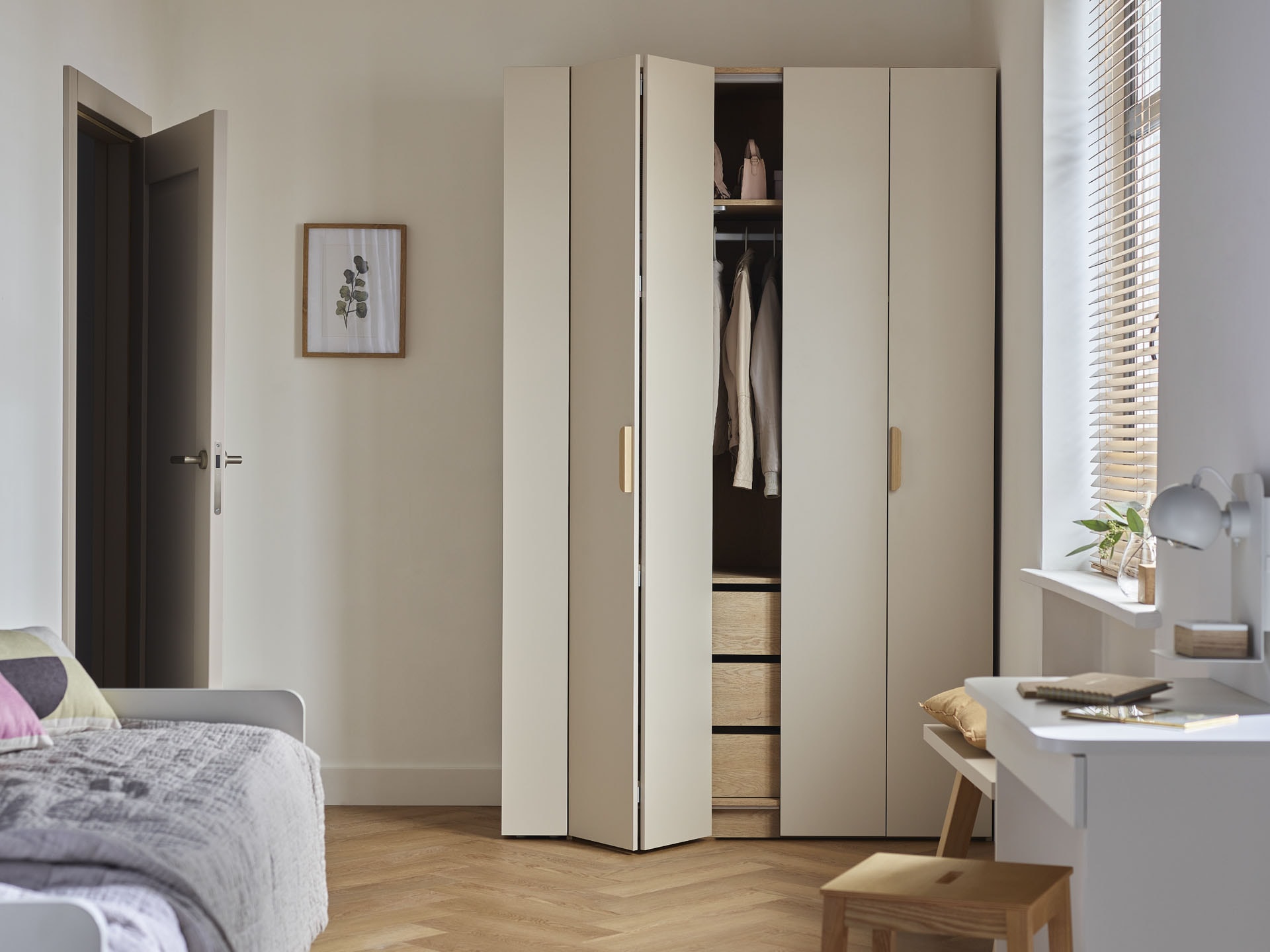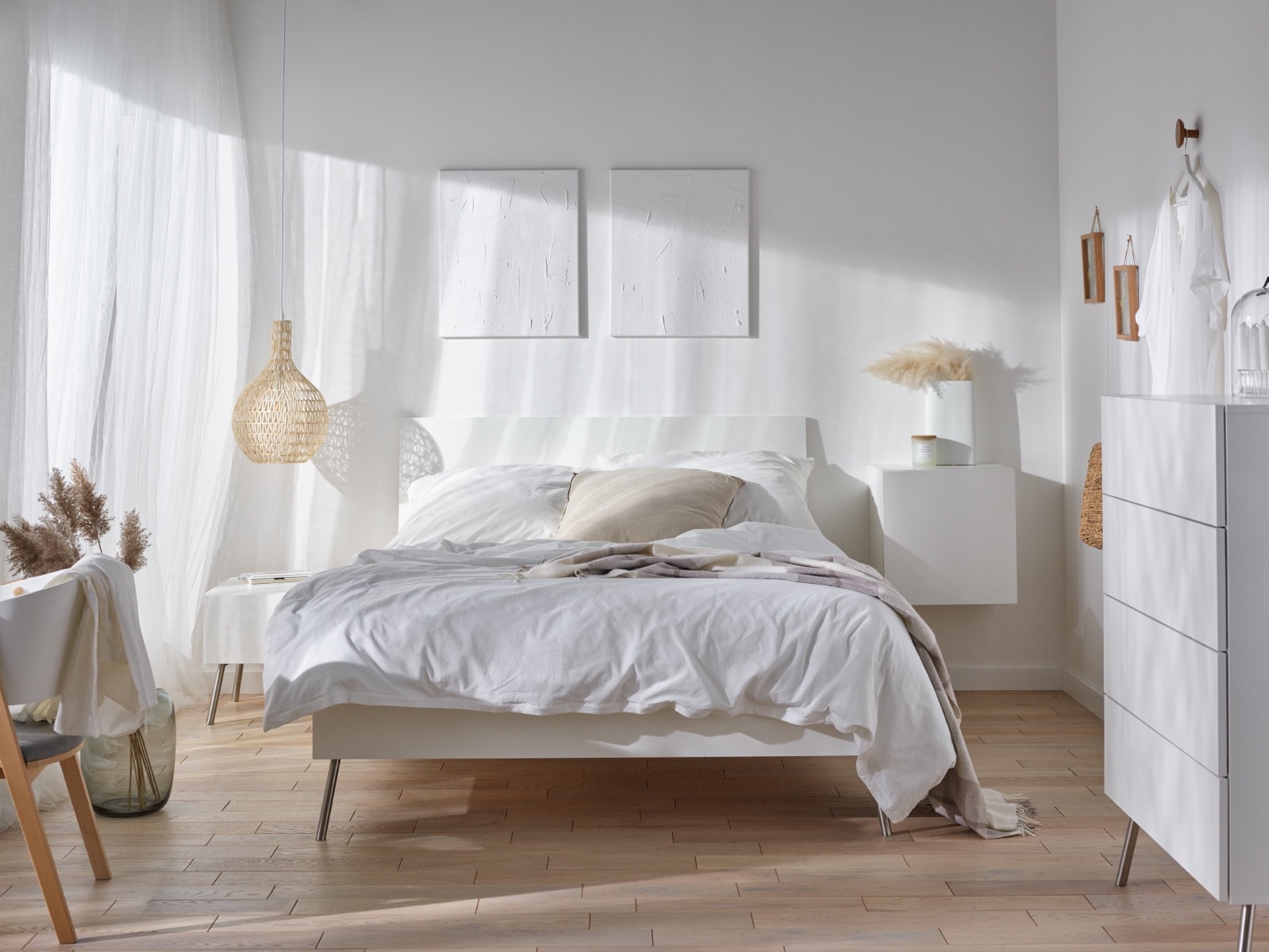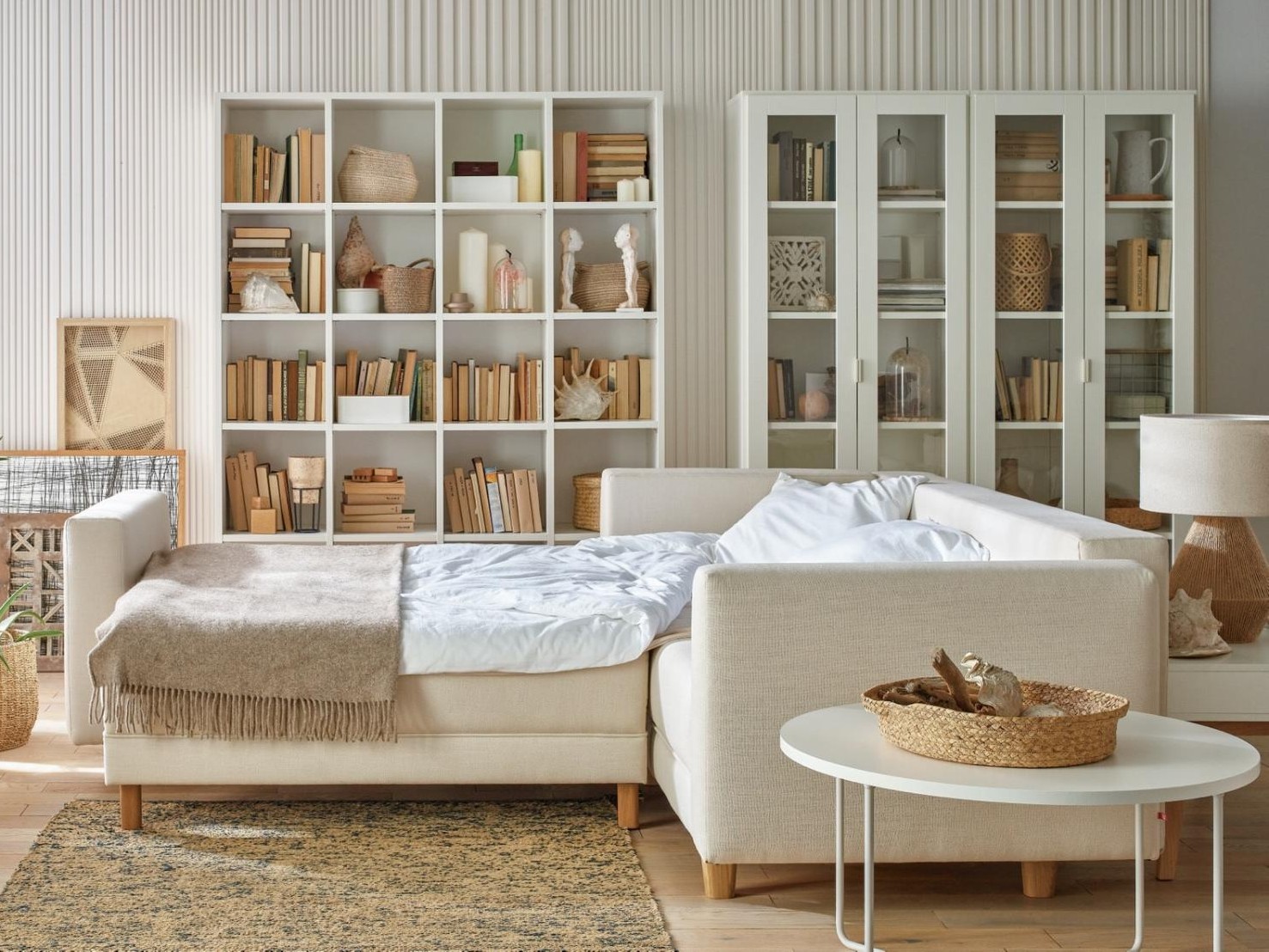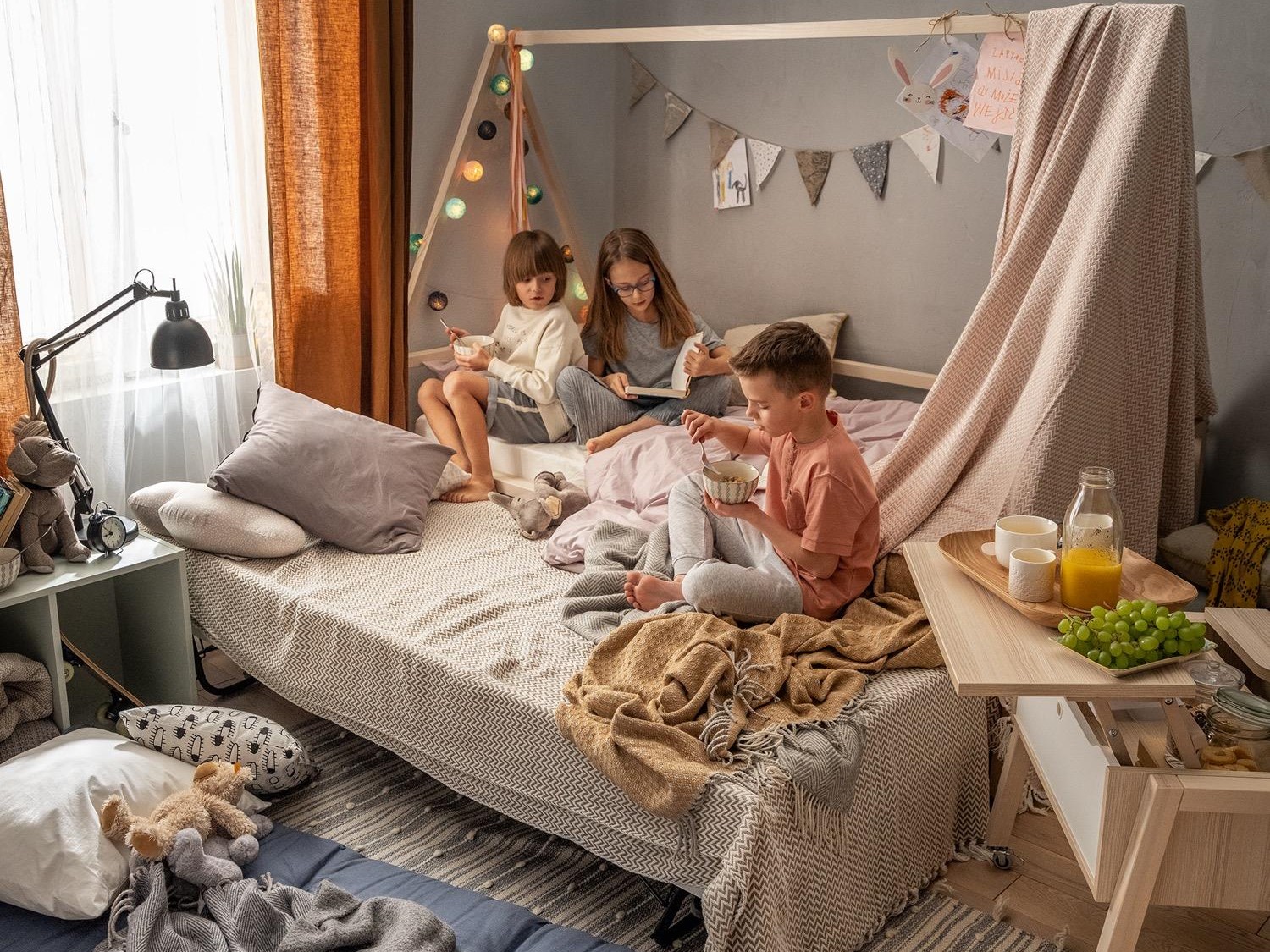How to position the furniture in the living room? rules for arranging furniture in a room
The living room is where the paths of all members of the household intersect, so it should be furnished in such a way that everyone finds a piece of their world there. Furniture is key: it should be practical on the one hand, and pleasing to the eye and atmospheric on the other. It should be positioned in such a way that it is easy to move around the interior and allows all the equipment to be used freely.
How do you reconcile the different functions and create a space that keeps pace with everyday needs? There are no rigid rules for positioning furniture in a room, but a few tried-and-tested practices can make it easier to achieve an arrangement in which we relax and feel at ease.
It is worth paying attention to free communication between zones, good lighting and the right proportion of furniture to the size of the room. It is the small decisions that make an interior not only beautiful, but above all comfortable on a daily basis.
WHICH LIVING ROOM FURNITURE TO CHOOSE?
It is best to choose furniture for the living room based on your favourite style, the size and shape of the interior and your needs. It is advisable to choose models which are proportional to the size of the room.
In a small living room, solid, light-coloured furniture with taller legs is best, as it adds lightness and optically enlarges the space, while at the same time allows you to keep the floor clean. It is a good idea for them to have more than one function, e.g. to offer extra storage to maximise every inch of space. Mobile furniture on wheels that can be easily moved if necessary can also work well.
In a large room, we can afford more massive chests of drawers and darker colours, which will introduce a cosy atmosphere and add mystery. Choose furniture with a variety of compartments and drawers, which will make it easier to organise items. With a larger living room area, you may also be tempted to go for modular furniture, which allows you to make better use of the space and can easily adapt to changing needs and interior design.
You may be interested in: How to furnish a small living room with a table?
HOW TO ARRANGE FURNITURE IN THE LIVING ROOM? A FEW TRIED AND TESTED RULES
When furnishing your living room, start with the largest pieces of furniture, as they take up the most space. This will make it easier to plan the arrangement of other elements and avoid the impression of chaos. There should be at least 60 cm of space between pieces of furniture to allow you to move around freely without stopping at every step.
It is best to create well-thought-out combinations at the planning stage of furnishing purchases. Furniture performs better when elements whose functions are complementary stand close together. The coffee table should be next to the sofa and armchairs, and the bookcase near the desk. This makes daily use comfortable and intuitive, and makes keeping things in order easier.
When planning the furniture placement, avoid covering the windows to ensure free access to daylight. This makes the interior brighter, more spacious and cosy, while also reducing the use of artificial lighting during the day. In a darker area of the living room, it is a good idea to place an RTV cabinet - the TV screen will not reflect reflections, which will improve the viewing experience.
HOW TO DIVIDE A ROOM WITH FURNITURE TO SEPARATE INDIVIDUAL ZONES?
The correct way to furnish the living room should include visually separating the individual zones. In this way, each part of the room will have its own clear purpose.
There is no need for partition walls to emphasise different functional areas. A back-to-back arrangement of furniture, e.g. an open chest of drawers and a sofa, which naturally marks the boundary between relaxation and storage, works well. A taller, double-sided bookcase can also serve as an interesting dividing wall, while also providing ample space for decorations.
Read more: How to divide a room without building partitions?
A functional connection between the living room and dining room will help to create a table. It is best to place it in the central part of the room so that you can use it freely. If it is placed closer to the kitchen, it will be easier and quicker to serve meals and clean up afterwards. When space is limited, it is better to choose a folding table that can flexibly adapt to the needs of the moment. Pay attention to its shape - round or oval models work well in a small living room, as they make it easier to move around and create a conducive atmosphere for conversation.
The relaxation zone in the living room can be easily separated by using lounge furniture. If space allows, a sofa or corner sofa should be moved away from the walls and placed in the central part of the living room. Many sofas, such as Tove, Arlo or Milo, can be placed anywhere in the room. This is possible thanks to the careful finish of the fabric on all sides.
This solution is suitable for both rectangular and square living rooms. In elongated rooms, it will balance the proportions of the interior and clearly separate the lounge area from the dining area. On the other hand, in square-shaped living rooms, a sofa placed in the middle will emphasise the symmetry of the space and make it easier to create a coherent arrangement of furniture around a central point.
Read also: Two sofas in the living room - ideas for an interesting arrangement
NOT JUST FURNITURE! CLEVER WAYS TO DIVIDE SPACE
A specific zone in the interior can be accentuated by a wall decoration. This can be a composition of paintings, a striking flowerbed or slender lampposts. It is also a good idea to optically divide a space by means of wall colour. Such measures help to create a coherent and well-organised space, even in open-plan living rooms.
When the living room space is open, it is worth taking care of the floor arrangement. Using the same material throughout will make the interior look cohesive and optically larger. A good solution is also to use a carpet, which will visually delineate the seating area, adding cosiness and emphasising function.
Zones can also be demarcated with lighting. In the relaxation area, standing lamps or wall lamps with a warm, soft light will work well to create a cosy atmosphere. Above the table, a striking pendant lamp will focus attention and emphasise the focal point of the space. Thanks to such measures, each area will have its own character and the whole will remain coherent and functional.
For more inspiration, see the article: Lighting arrangements in the living room - ideas for interesting lamp combinations
STORAGE FURNITURE - COMPACT AND FUNCTIONAL
A practical living room arrangement, especially one set up in a small or narrow room, should include a lot of storage furniture. Well-designed built-ins are compact and make maximum use of the available space.
Cabinets can reach the ceiling or form a continuous line of furniture, which optically tidies up the interior and is ideal in a narrow living room. Lockable shelves and drawers will keep items out of sight, helping to maintain a sense of order and spaciousness.
Along the wall, it is worth placing aesthetically pleasing Simple bookcases, which, thanks to their universal design, will bravely survive successive changes in decor. Spacious chests of drawers, functional pouffes with storage compartments and sofas with a bedding compartment will also work well. Textile organisers and baskets can also be used as handy storage compartments.
COMFORTABLE FURNITURE POSITIONING IN THE LIVING ROOM - INSPIRATION
If we want to transform the living room into a comfortable space to be together, place the sofas opposite each other. This will allow us to maintain eye contact and talk freely. Place a low coffee table between the sofas to put away drinks and snacks. Curtains and drapes will help to create the atmosphere of the interior. Depending on your mood or the changing seasons, they can allow gentle natural light into the living room or effectively protect it from excessive sunlight.
Create an interior conducive to good organisation with capacious bookcases arranged in a row close to the wall. Open shelves will allow you to display your favourite decorations, tableware or literature, at the same time giving the interior a light and personal touch. The comfortable seats on the sofa create an atmosphere of unhindered relaxation, while the spotlight from the floor lamp creates a cosy atmosphere and makes it possible to read or relax in comfort in the evenings.









